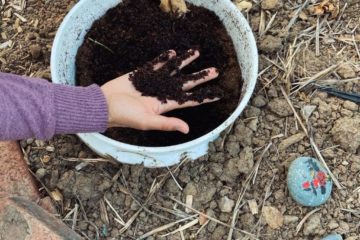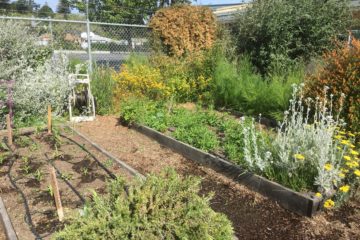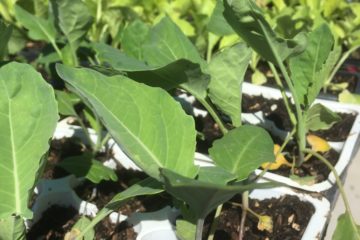How to Prep Your Garden for a New Season
Entering into July, many summer gardens are revealing fruitful outputs. As you begin to harvest and prepare to transition out summer plantings, an essential garden task is remembering to properly prepare your garden for a new growing season. This ensures the maintained health of your soil throughout the year, allowing for better growth in the coming seasons. Here are four tasks to help prep your garden for a new growing season.
Clean Up and Pruning
First steps include proper maintenance and clearing of your garden beds. Removing any annual plants that have stopped producing helps to prevent the spread of diseases as fall and winter seasons approach. If changing bed plantings out, try leaving the roots in the soil by cutting stems off at the soil surface if you have plantings with smaller root systems. The soil life will break down these roots and add to the soil. If you have plants that are transitioning into the new growing seasons, you may want to prune and deadhead to promote continued growth. Cutting back plantings also makes sure that new seedlings being planted have enough space and access to sunlight in your garden to grow. Don’t forget to compost your trimmings!
Weeding
Controlling weeds is another important step to a healthy gardenscape. Weeds can set prolific root systems, and letting them grow out can be detrimental to garden production. For smaller gardens and raised beds, weeding by hand is a popular approach, as it allows time to assess garden health and is a non-chemical approach to weed maintenance. If using any chemicals for weed prevention, try sticking to weed killers that are natural and free from toxins, or trying DIY-ing your own homemade weed killer.
Preparing Your Beds/Prepare Soil/Compost
Arguably the most important step to transitioning your garden into the new season is preparing your soil. If your soil is heavily compacted, this would be the time to turn the soil before amending other issues. Adding a layer of compost provides nutrients to the soil for new seedlings as it decomposes further throughout the season. Level your soil surface, add a layer of compost, water your soil surface, and begin planting!
Mulch
Finally, adding mulch to your soil surface is an essential step to implement all year long, especially in warmer Mediterranean climates. Mulch is a layer of any organic or inorganic material spread over the soil surface to act as cover. As solar radiation increases throughout the day, mulch helps to maintain soil moisture and can also protect beneficial bacteria and microbes within the soil. Mulch also keeps weeds at bay, prevents erosion, and maintains soil temperature. Mulch can be a variety of materials, including wood chips, leaves, grass clippings, compost, and straw. Add a few inches of mulch to your soil after weeding and planting, making sure to not mulch too close to the base of your plant stem, as too much excess moisture can create rot around the plants living tissue.
Written by Brianna Banks-McLean, Landscape Designer



0 Comments